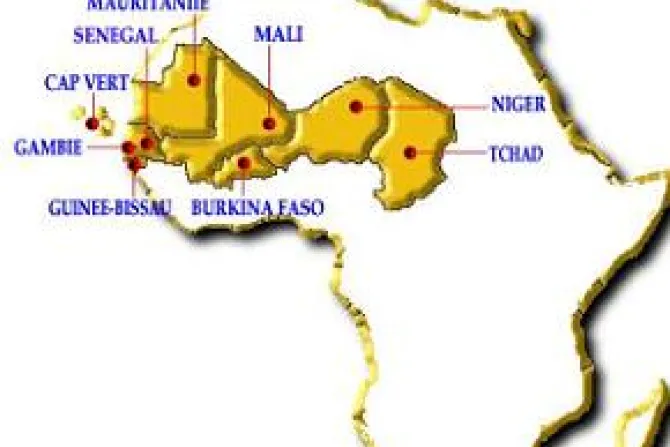Vatican City, Feb 13, 2009 / 10:15 am
In 1980 Pope John Paul II visited the African region referred to as the Sahel, an area that relies on agriculture and is frequently besieged with drought. Driven by the desperation of the people there, the Pope created a foundation to help prevent desertification and drought which celebrates its 25th anniversary this week.
The idea to create the John Paul II Foundation for the Sahel arose from the late Pope’s first trip to Africa, when he visited Ouagadougou, Burkina Faso, in May 1980. The term "Sahel" means "shore" in Arabic and refers to an area that stretches from the edge of the Sahara Desert in the north to the tropical regions in the south (see map). "After crossing the ocean of sand which is the Sahara, one finds a shore where life is possible," the foundation’s website explains.
Upon witnessing the plight of the farmers and the local populace, John Paul II established the foundation through a papal decree on February 22, 1984.
The anniversary was marked with a meeting of the foundation's management board held in Ouagadougou on February 10. The celebrations will last until February 15 and conclude with a Mass in the same city.
According to its website, the foundation is "actively involved in managing and protecting natural resources, in the struggle against drought and desertification, in rural development and in the fight against poverty, through the real involvement of local people."
"One particularly important characteristic of the foundation is its openness to the different religions of local inhabitants, and thus it is also an instrument of inter-religious dialogue," the website adds.


